
The Romantic Rituals of Seahorses: A Morning Dance of Devotion
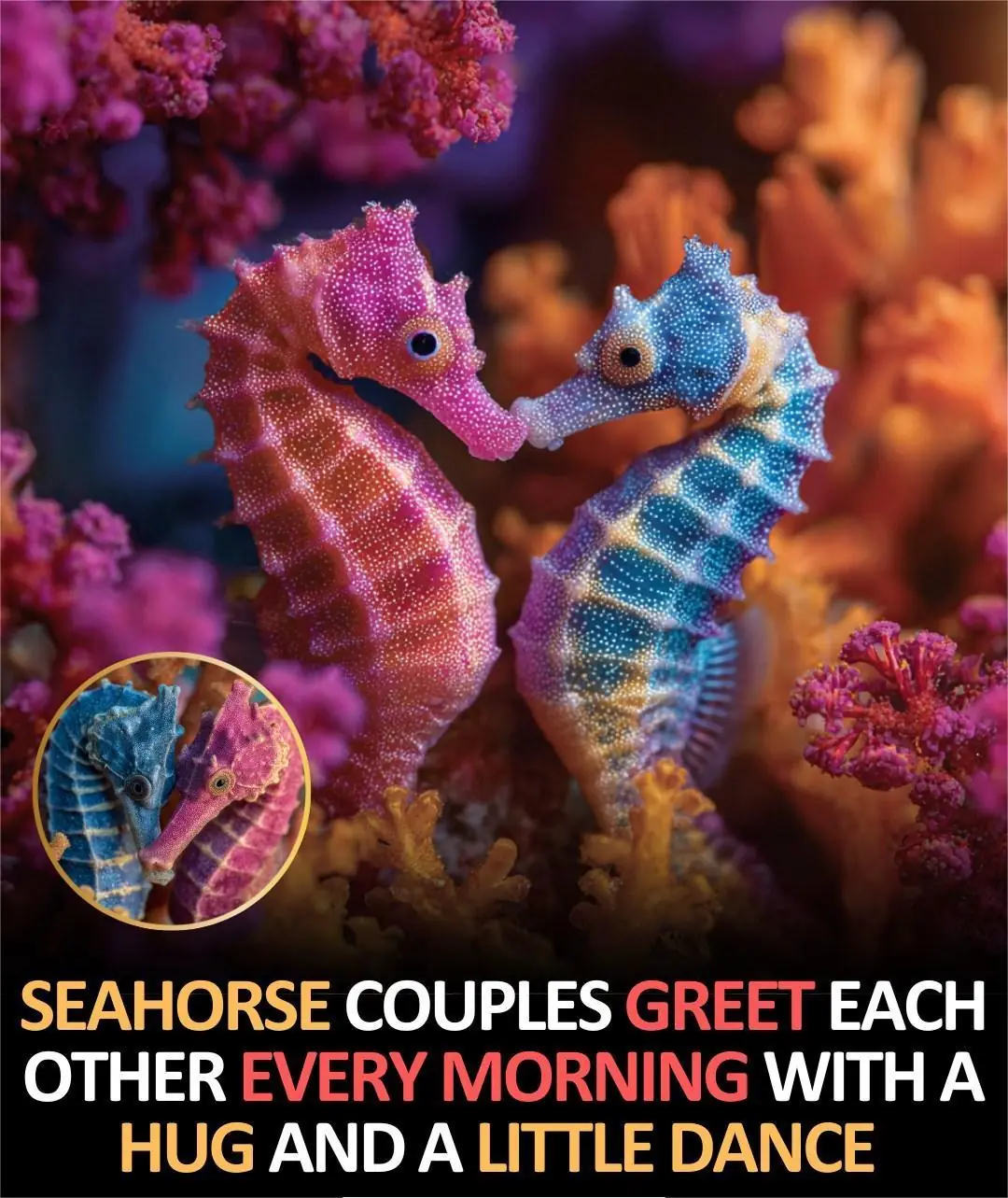
Among the many wonders of marine life, few are as enchanting—or as surprisingly tender—as the daily greeting rituals of seahorses. These delicate, armor-plated fish are known not only for their graceful appearance but also for their remarkable fidelity. Once a male and female seahorse form a pair bond, they often engage in synchronized “morning dances” that reaffirm their connection and prepare them for the day ahead.
A Dance That Strengthens the Bond
Every morning, before setting out to feed or drift apart in the seagrass, a bonded seahorse couple reunites to perform a series of coordinated movements. They change colors, twirl together, and sometimes intertwine their tails in what observers describe as a gentle embrace. This elegant ritual, lasting several minutes, serves more than just a romantic purpose—it reinforces trust and synchrony between partners.
Scientists believe that these daily greetings help synchronize the reproductive cycles of the pair. In species where the male carries the fertilized eggs in his brood pouch, maintaining such coordination ensures that both partners are ready for mating at the same time. The dance becomes a vital form of communication, a way of saying “I’m still here” in the quiet rhythm of the sea.
The Science Behind Seahorse Monogamy
Seahorses are among the few fish species that form monogamous bonds, sometimes lasting for an entire breeding season or even longer. Unlike most marine creatures that scatter their eggs and part ways, seahorse pairs demonstrate a rare form of partnership. Their daily interactions appear to strengthen this bond—almost like a couple renewing vows through ritual and motion.
The physical contact often seen during these greetings isn’t a human-like hug, as some romanticized descriptions suggest. Rather, the seahorses may wrap their tails together briefly or nuzzle snouts as a sign of recognition. It’s a subtle, graceful choreography evolved through millions of years of adaptation.
Communication Through Color and Movement
Color plays a major role in these rituals. During their morning dance, seahorses often shift hues, their pigments responding to light and emotion-like stimuli. A male’s body may darken while the female brightens, the contrast enhancing the visual display. This dynamic use of color and movement likely aids in reinforcing pair recognition and emotional synchrony—traits essential for reproductive success in the complex underwater world.
Love Beneath the Waves
While “hugging” and “dancing” might sound poetic, these behaviors illustrate a sophisticated form of communication that blurs the line between instinct and affection. The seahorse’s ritualized greeting reminds us that even in the depths of the ocean, connection and loyalty can take the most beautiful forms.
Their morning dance is not just a spectacle of nature’s elegance—it is a reminder that partnership, in any species, thrives on small acts of care and daily renewal. Beneath the waves, two tiny creatures meet each dawn, reminding each other—and perhaps us—what devotion truly looks like.
News in the same category


12 Signs She Has a Lot of Experience with Men

Why Natural Beauty Deserves More Appreciation

Things that make men instantly unattractive

When a Woman Stops Loving: Recognizing the Signs and Taking Care of Yourself

Why You Shouldn’t Pour Hot Water Into the Kitchen Sink

The Gentle Side of the King: How Lions Pretend to Be Hurt to Teach and Empower Their Cubs

Why Do Humans Kiss, and What Happens When We Do It?

Discover Love in the Little Things: Everyday Connections

The shape of your fingertips reveal your true personality

The Secret of Our Hands: Does It Reveal Wealth or Poverty?

The reason dogs often chase people
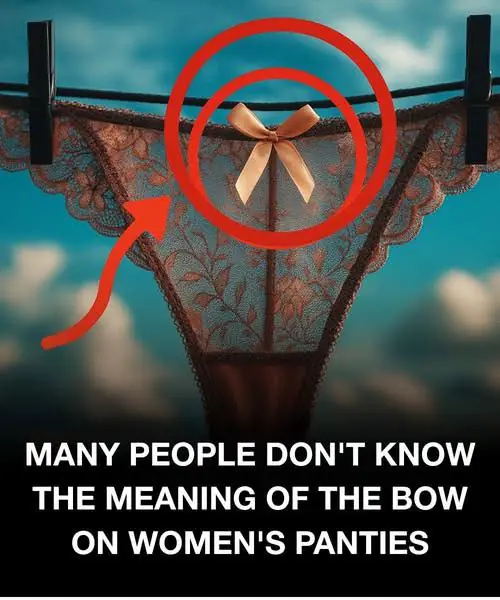
The Little Bow on Women’s Panties: More Than Just a Pretty Detail
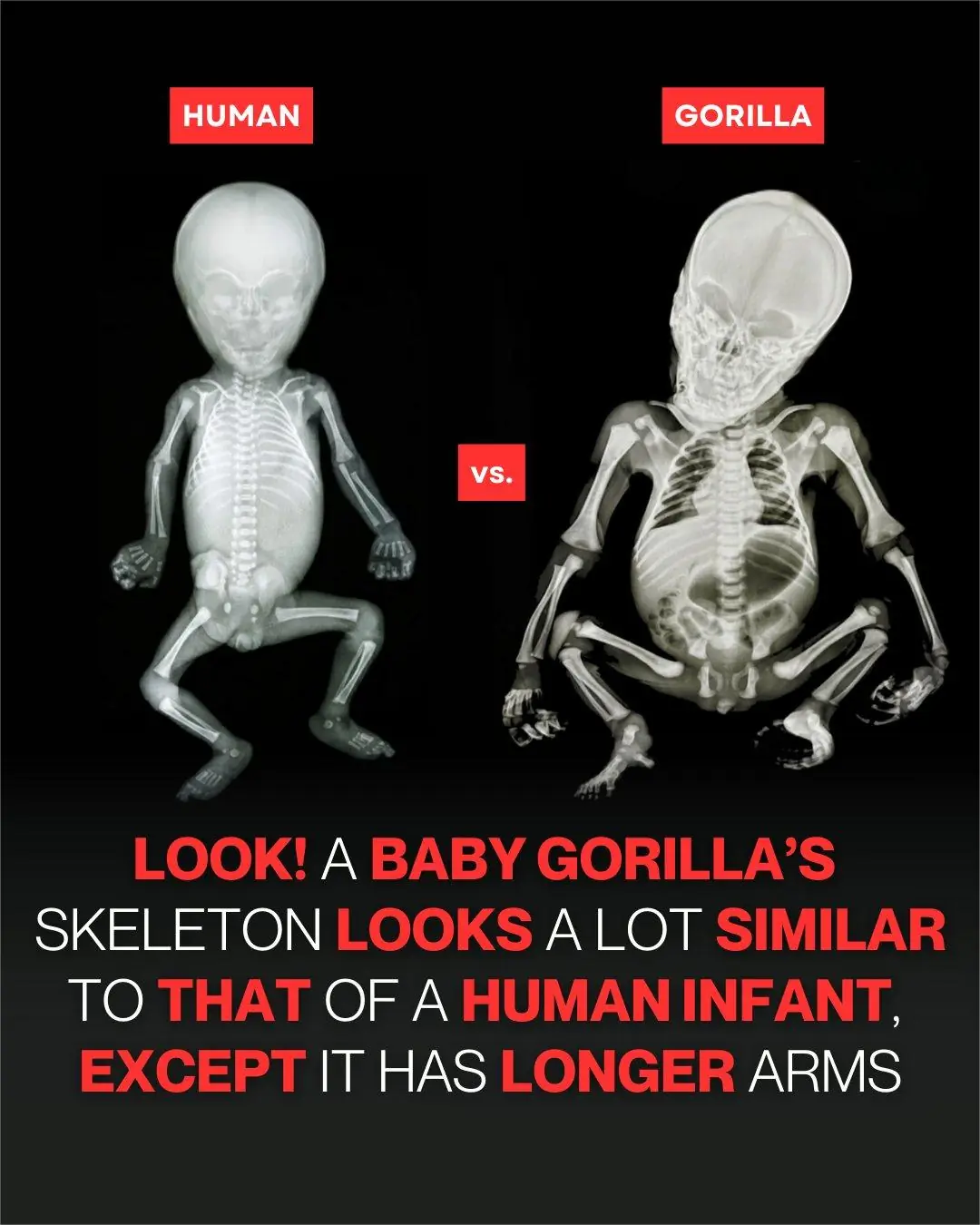
Baby Gorilla Skeletons Show Striking Similarities to Human Infants, Scientists Explain

What’s the Purpose of That Tiny Hole in a Safety Pin?

Pick a nut and uncover if you’re lazy or a workaholic

10 Rude Habits That Could Actually Be Signs of Intelligence

Most People Don’t Realize What a Mouth Piercing Means … Check 1st comment
News Post
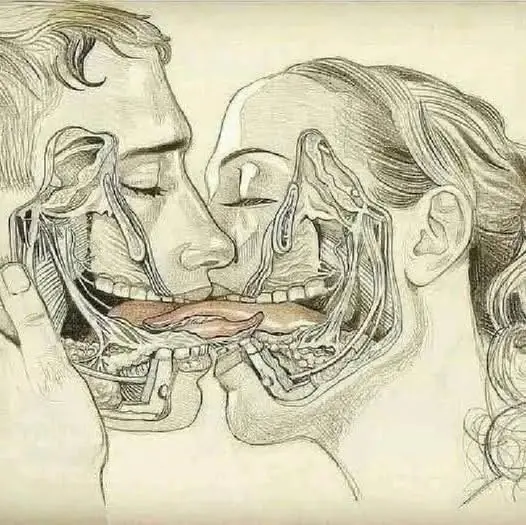
WHAT HAPPENS WHEN WE TONGUE KISS…See more

Nature’s Secret: 4 Healing Leaves That Support Metabolism, Immunity & Circulation Naturally

Don’t Drink Coconut Water Before You Know These 11 Secrets!

Pumpkin Seed Milk — The Natural Parasite Cleanser

Fast Rice Water Trick for a Brighter Smile

Morning Drink to Revive Your Kidneys Fast

The Onion Recipe That Could Transform Your Blood Sugar, Support Cleaner Arteries, and Protect Your Heart!

Top 4 Fruits That Help Your Kidneys Flush Out Toxins While You Sleep

Ginger, Clove, and Honey: The Natural Trio Your Body Will Thank You For

Heal 15 Years of Joint Pain Naturally with Turmeric and Honey Tea

This Juice Revived My Grandma’s Energy — Say Goodbye to Fatigue and Body Pain with This Natural Recipe

The Benefits of Eating 2 Boiled Eggs Every Morning: Transform Your Health!

If Your Kidneys Are in Danger, Your Body Will Send You These 8 Signals — Don’t Ignore Them

The Surprising Effects of Avocado on Your Heart and Brain

Ways to Get Over a Man Who Didn’t Value You

I’m 66 but Look 36 — My Secret? Aloe Vera & Ginger for Firm, Smooth Skin

How to Make Okra Water to Treat 17 Health Problems Naturally

Banana and Egg Mask to Look Younger Even in Your 80s
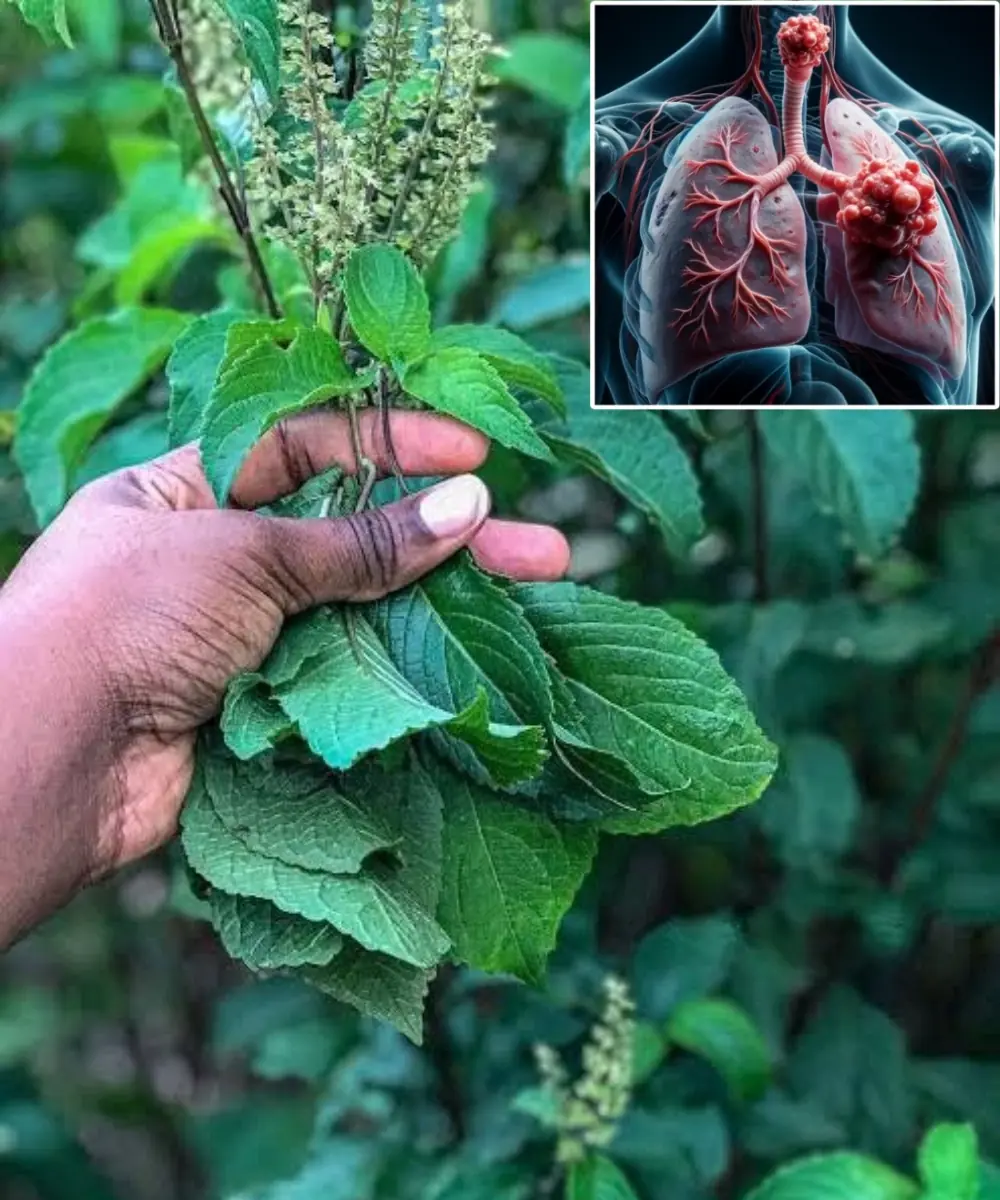
Scent Leaf Secrets Unveiled: 10 Surprising Health Benefits of This Miracle Herb
